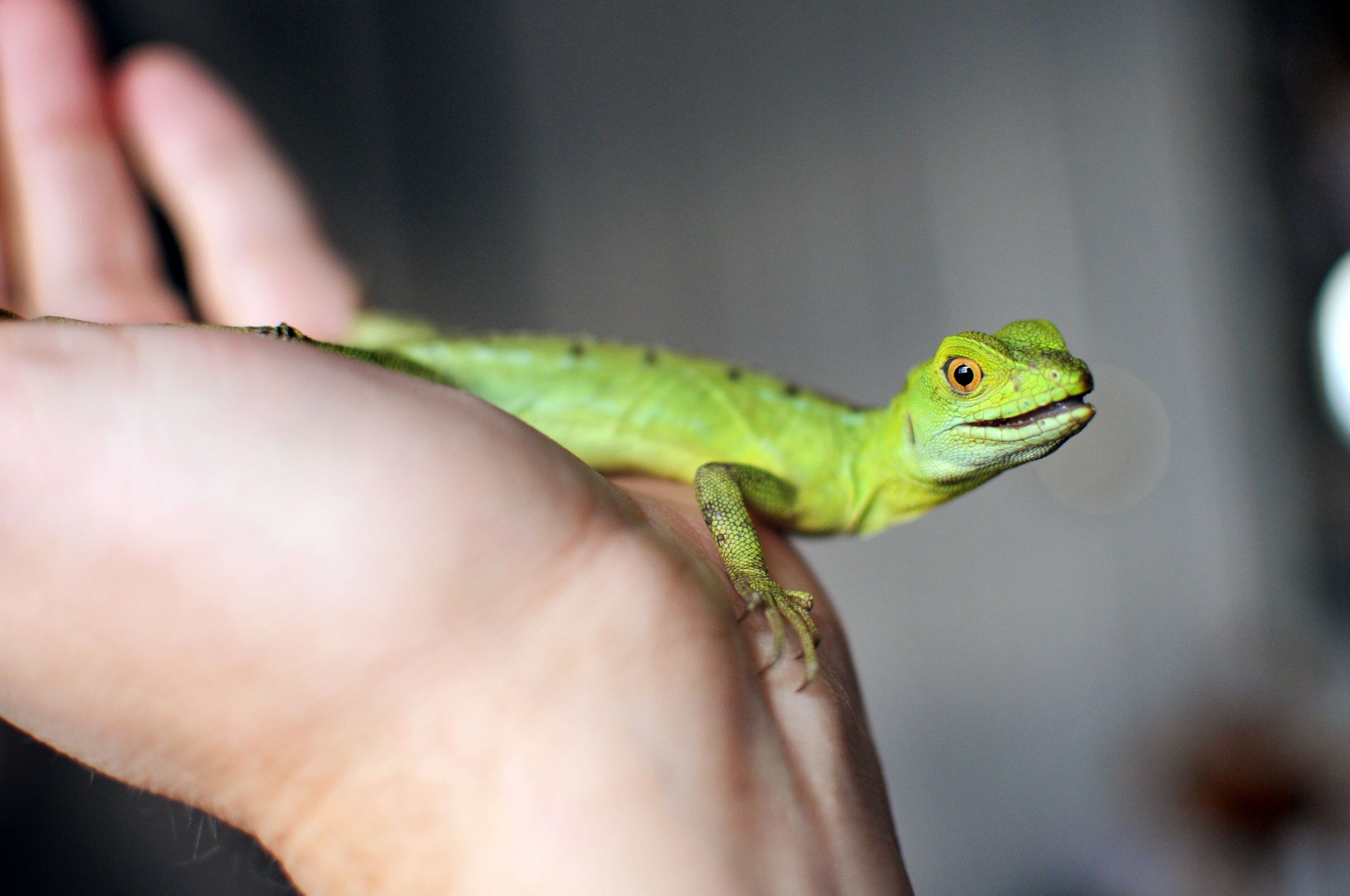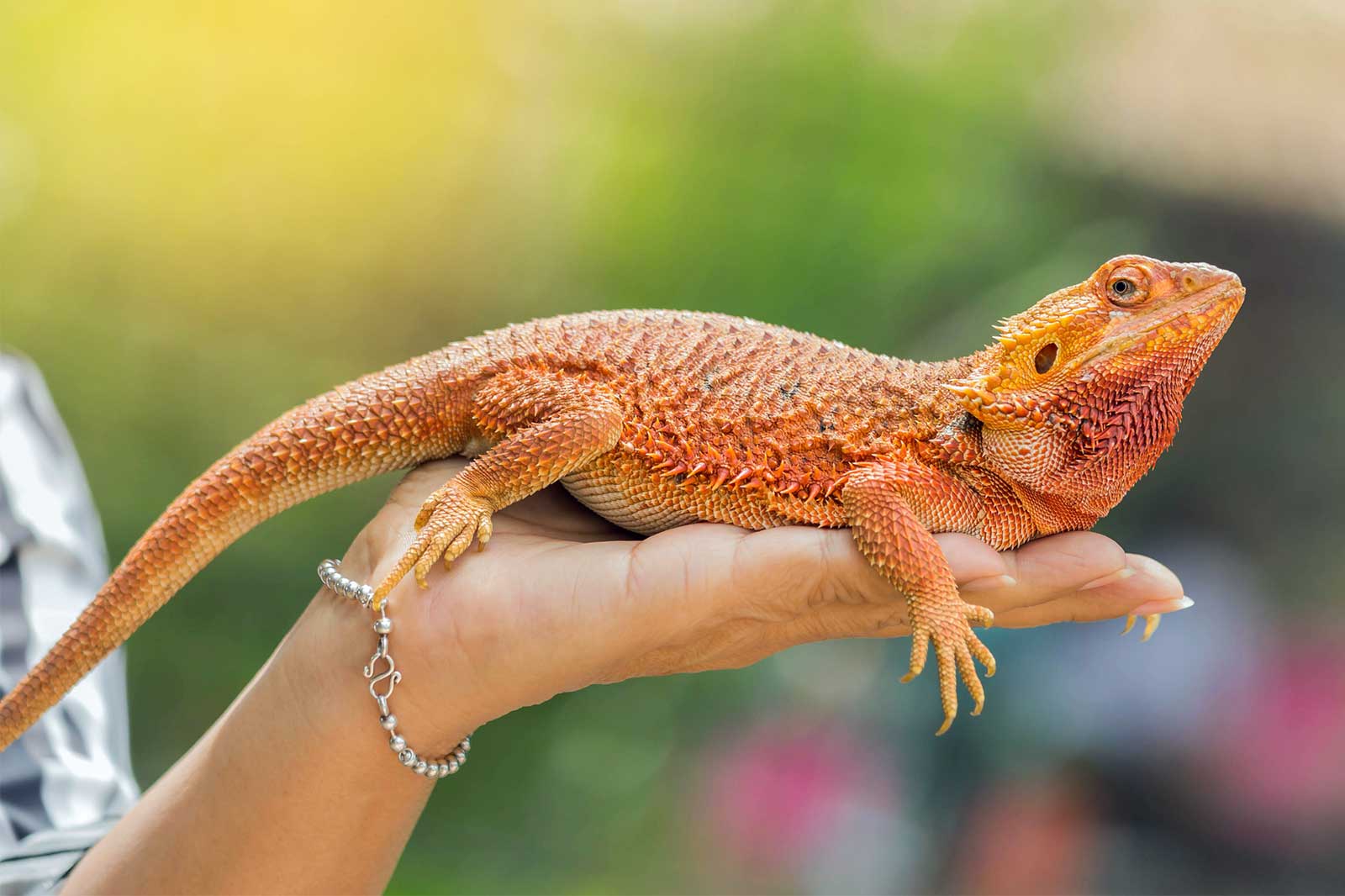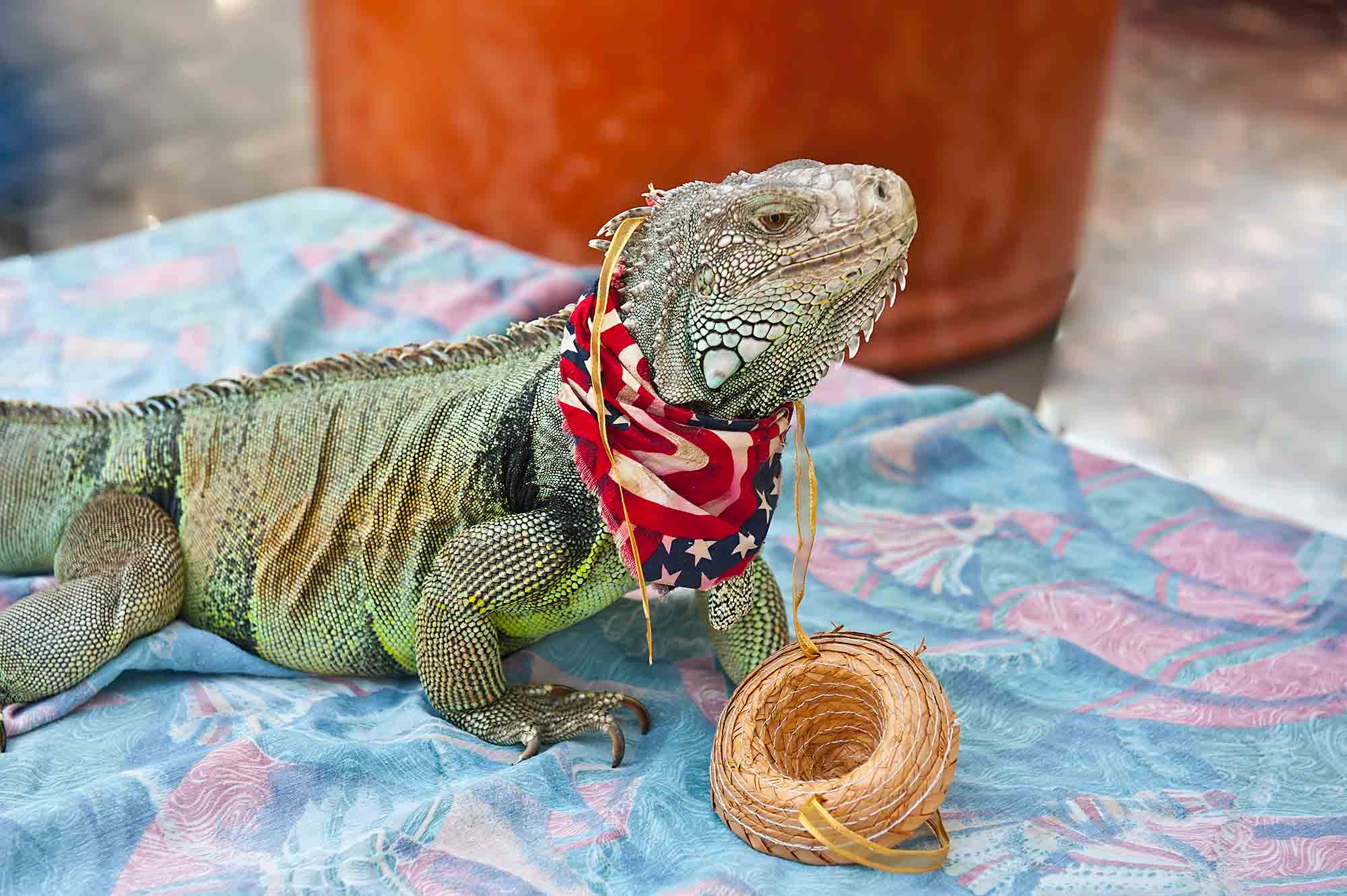
Cold-blooded pets, such as lizards and snakes, have gained popularity as unique and intriguing companions. Their low-maintenance requirements make them suitable for both beginners and experienced reptile enthusiasts. However, these reptiles have specific care needs that must be met to ensure their health and well-being. In this blog post, we will explore the essential aspects of caring for a cold-blooded pet, including habitat, temperature, diet, and general husbandry.
Choosing the Right Reptile
Before acquiring a cold-blooded pet, it’s essential to research and select the species that best suits your lifestyle, living conditions, and experience level. Here are some factors to consider:
Species: Different species have different care requirements. Be sure to choose a reptile that matches your level of experience. Some common options include bearded dragons, leopard geckos, ball pythons, and corn snakes.
Size: Consider the size of the reptile when fully grown. Some species remain relatively small, while others can become quite large. Ensure you have the appropriate space to accommodate your pet’s size.
Lifespan: Understand the expected lifespan of the species you choose. Some reptiles can live for several decades, so be prepared for a long-term commitment.
Availability: Check the availability of the species in your area. It’s essential to acquire your pet from a reputable breeder or pet store to ensure it’s healthy and properly cared for from the beginning.

Creating the Ideal Habitat
A well-designed enclosure is the foundation of proper reptile care. It should mimic the reptile’s natural habitat while providing essential elements for their well-being. Here’s how to create an ideal habitat:
Enclosure Size: The size of the enclosure depends on the reptile’s species and size. Research the specific space requirements for your pet and choose an enclosure that allows them to move and explore comfortably.
Substrate: Select an appropriate substrate for the enclosure. Substrate options include reptile carpet, paper towels, coconut coir, or sand. The choice should match the species’ needs and be easy to clean.
Temperature and Lighting: Reptiles are ectothermic, meaning they rely on external heat sources to regulate their body temperature. Provide a temperature gradient within the enclosure by using heat lamps or heating pads. Additionally, install appropriate lighting, such as UVB bulbs, to simulate natural sunlight and promote vitamin D synthesis.
Hide Spots: Offer hiding spots, such as caves or logs, to give your pet a sense of security. Hides should be available at both the warm and cool ends of the enclosure to accommodate your reptile’s thermoregulation needs.
Climbing and Basking Structures: Some reptiles, like geckos, love to climb, while others, such as bearded dragons, enjoy basking. Depending on your pet’s species, provide climbing structures, branches, or basking platforms.
Feeding and Nutrition
Reptiles have diverse dietary preferences, so it’s crucial to understand the dietary needs of your specific pet. Here are some general guidelines:
Insectivores: Many lizards, such as bearded dragons and leopard geckos, are insectivores. Offer a variety of appropriately sized insects, such as crickets, mealworms, and roaches. Dust these insects with calcium and vitamin supplements as needed.
Herbivores: Some reptiles, like iguanas and tortoises, are herbivores. Provide a diet rich in leafy greens, vegetables, and fruits. Be cautious with the calcium-to-phosphorus ratio in their diet.
Carnivores: Snakes are typically carnivorous, and their diet consists of rodents. The size of the prey should match the size of the snake. Ensure that the prey items are appropriately thawed and warmed before feeding.
Feeding Schedule: Follow a regular feeding schedule based on your pet’s age and species. Generally, young reptiles require more frequent feedings, while adults may need to be fed less often. Always monitor your pet’s weight and adjust the feeding schedule accordingly.
Hydration: Provide a shallow water dish for your reptile to drink from. The water should be changed regularly to ensure it stays clean. Some reptiles, like chameleons, may require misting to stay hydrated.

Enrichment and Mental Stimulation
Reptiles may seem solitary, but they still benefit from mental stimulation and environmental enrichment. Providing these opportunities can improve their quality of life. Here’s how:
Hide-and-Seek: Change the arrangement of hides and decor within the enclosure periodically to encourage exploration and natural behaviors.
Toys and Accessories: Offer items like climbing branches, puzzle feeders, or basking platforms to engage your pet’s curiosity.
Social Interaction: While reptiles may not be as social as other pets, some species can recognize their owners. Spend time observing and interacting with your pet to build a bond.
Caring for a cold-blooded pet, whether it’s a lizard or a snake, can be a rewarding experience. It’s important to do thorough research on your chosen species, create an appropriate habitat, provide the right diet, maintain health and hygiene, and offer mental stimulation. Remember that every reptile is unique, so pay close attention to your pet’s behavior and preferences to ensure they live a happy and healthy life under your care. With proper attention and dedication, you can develop a strong bond with your cold-blooded companion and enjoy the fascinating world of reptile ownership.





